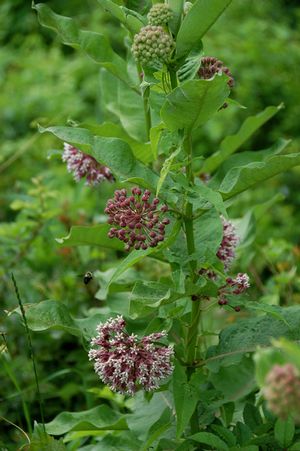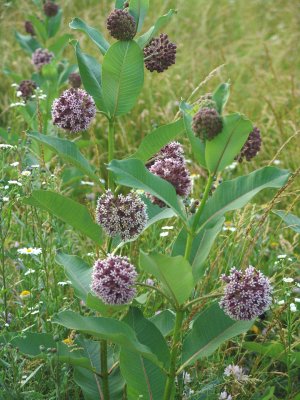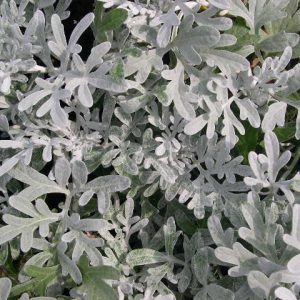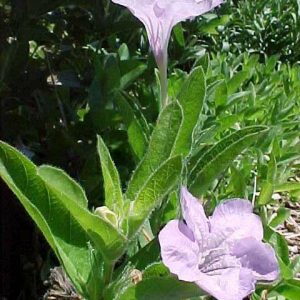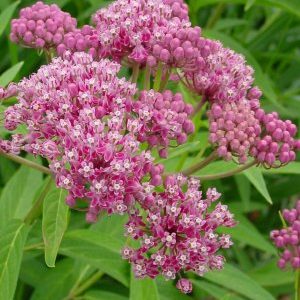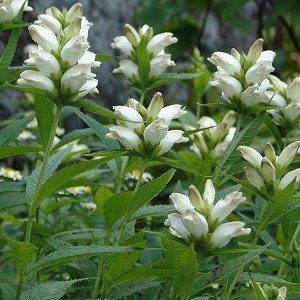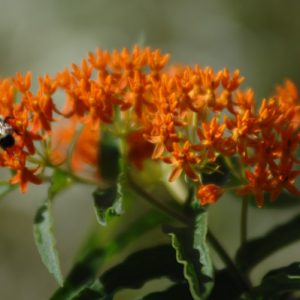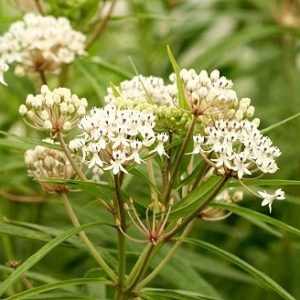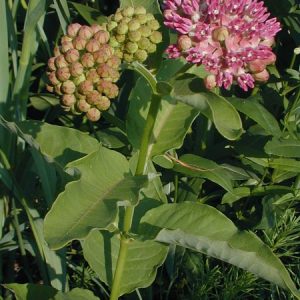Description
Asclepias syriaca Common Milkweed
Distribution: AL, AR, CT, DC, DE, GA, IA, IL, IN, KS, KY, LA, MA, MD, ME, MI, MN, MO, MS, MT, NC, ND, NE, NH, NJ, NY, OH, OK, OR, PA, RI, SC, SD, TN, TX, VA, VT, WI, WV
Asclepias syriaca Common Milkweed is one of the easiest and fastest to establish of the Milkweeds as it spreads rapidly by rhizomes and grows readily from seed.
Common milkweed is characterized by large, showy flowers clusters that range in color from nearly white to deep pink-purple. The fragrance is very delicate and pleasing. When in bloom, Asclepias syriaca is a butterfly magnet for butterflies as well as pollinators and beneficial insects alike.
Milkweed (Asclepias spp.) is of vital importance and critical to the survival of the Monarch butterfly as the larvae only eat milkweed. Females will search for fresh tender leaves on which to lay their eggs. With habitat loss and the use of pesticides it is has become increasingly difficult for Monarchs to find Asclepias during their spring migration and throughout the summer breeding season, particularly in the Midwest prairies where it once grew in abundance.
All of our plants are grown without the use of harmful pesticides and are safe for developing larvae.

